Berwick Parks
Landscape In Berwick Upon Tweed, Northumberland
Two Parks, Castle Vale and Coronation Park, set either side of Berwick Station which include footpaths, shelters, rose gardens and a lily pond.
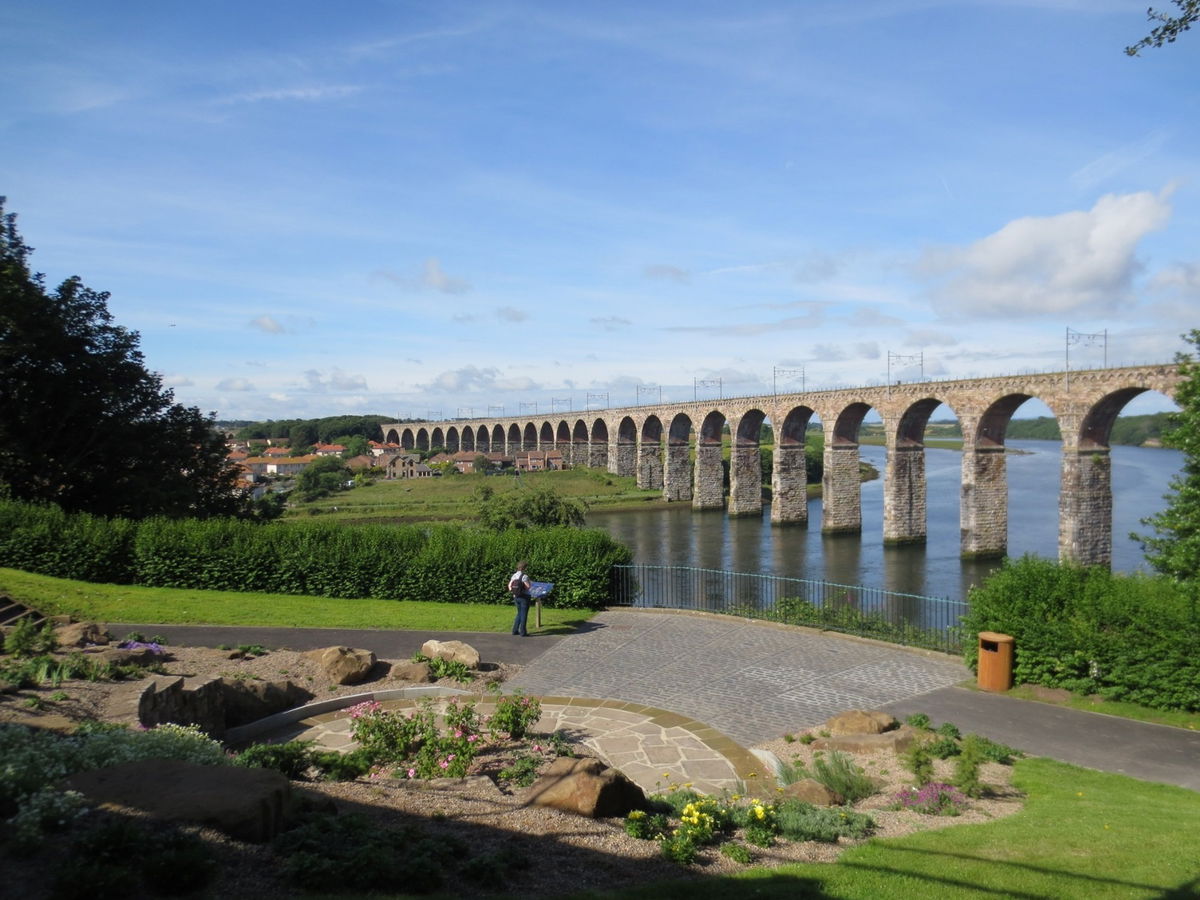
The town of Berwick upon Tweed has a rich history dominated by its location as the Border Town and legacy of the struggle for the Anglo Scottish frontier. The town has changed hands between England and Scotland some 13 times. Berwick with an English name meaning 'Corn Farm' began as a settlement in the Anglo-Saxon Kingdom of Northumbria, in which it remained until the Battle of Carham of 1018 when it was taken by the Scots. From then on Berwick became a hotly disputed territory. In 1174, Berwick was retaken by England in a ransom following the failure of a raid into Northumberland by the Scottish king, William the Lion.
The town returned to the northern side of the border in the reign of Richard I (1189-1199), who sold it to obtain money for the Crusades. At the beginning of the following century Berwick returned once more to England, after Richard's brother, King John sacked the town, but Berwick continued to change hands until 1482 when the town finally became part of England within which it still (technically) remains. In the fourteenth century Berwick became a real walled town when King Edward I fortified it against Scottish attack. His defensive walls supplemented the stronghold of Berwick Castle which stood on the site of the present railway station.


Today Berwick Castle is one of the most interesting historic features associated with both Castle Vale and Coronation Parks. Until the building of the railway in the 1840s the ravine that forms Castle Vale extended northward under what is now the railway station car park. Castle Vale Park and Coronation Park are both separated and to some extent unified by the ruins of Berwick Castle and the later intervention of the railway.
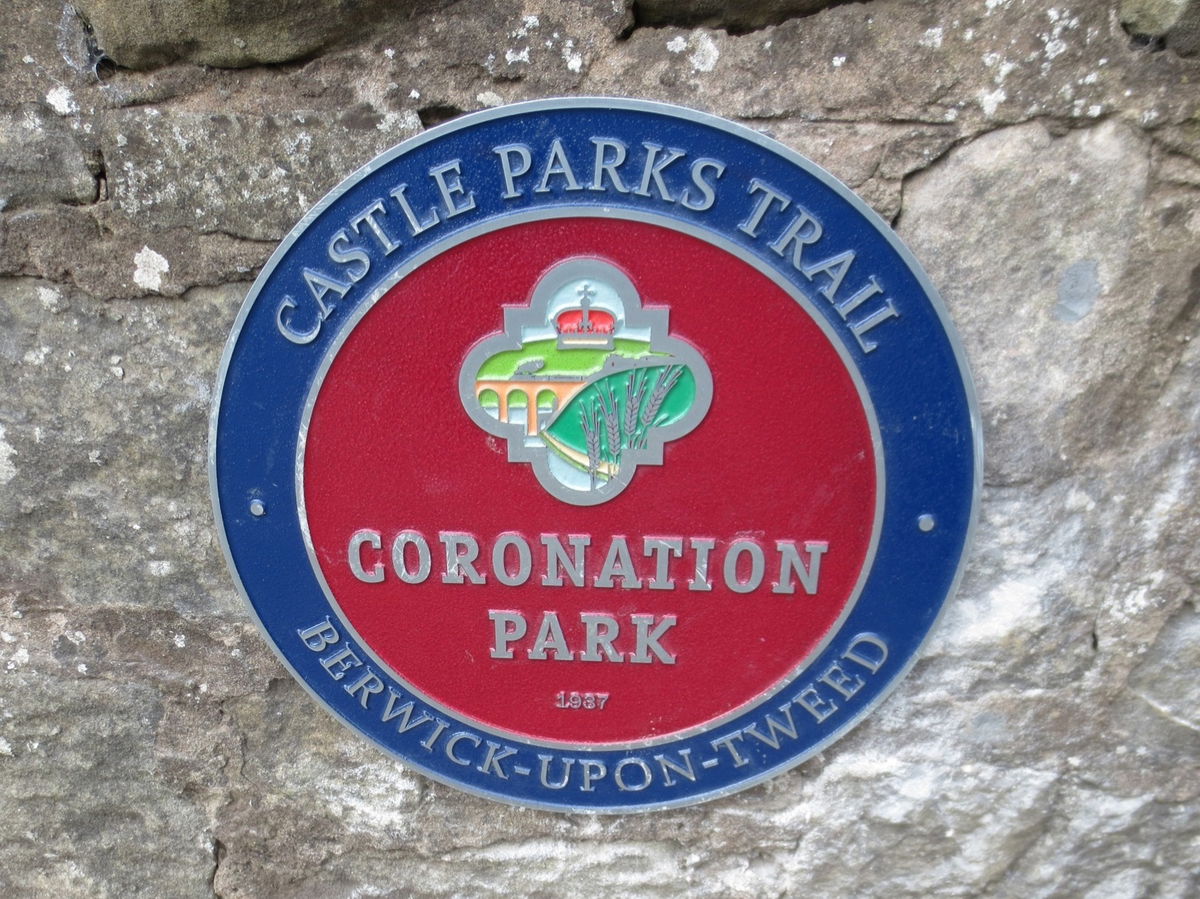
Castle Vale Park was formed from 1.75 acres of land given to Berwick Corporation by Mr John Cairns, a local baker, of Tweed House in June 1928. The development of the park cost some £1800 and was financed by a grant from the new Government Unemployment Grants Committee and a bequest from one Charles Little. In 1929, the corporation considered seeking the advice of an official from Scarborough Corporation, 'who had experience of laying out similar spaces'. It was however resolved to ask Mr Cairns if his gardener could do the job instead. Much planting and hedging was carried out in the summer of 1931. Although there are no plaques or statuary to commemorate John Cairns' gift, the park is still a matter of civic pride for Berwick. The gift of open space to the community was an important philanthropic gesture to the residents and to visitors of the town.
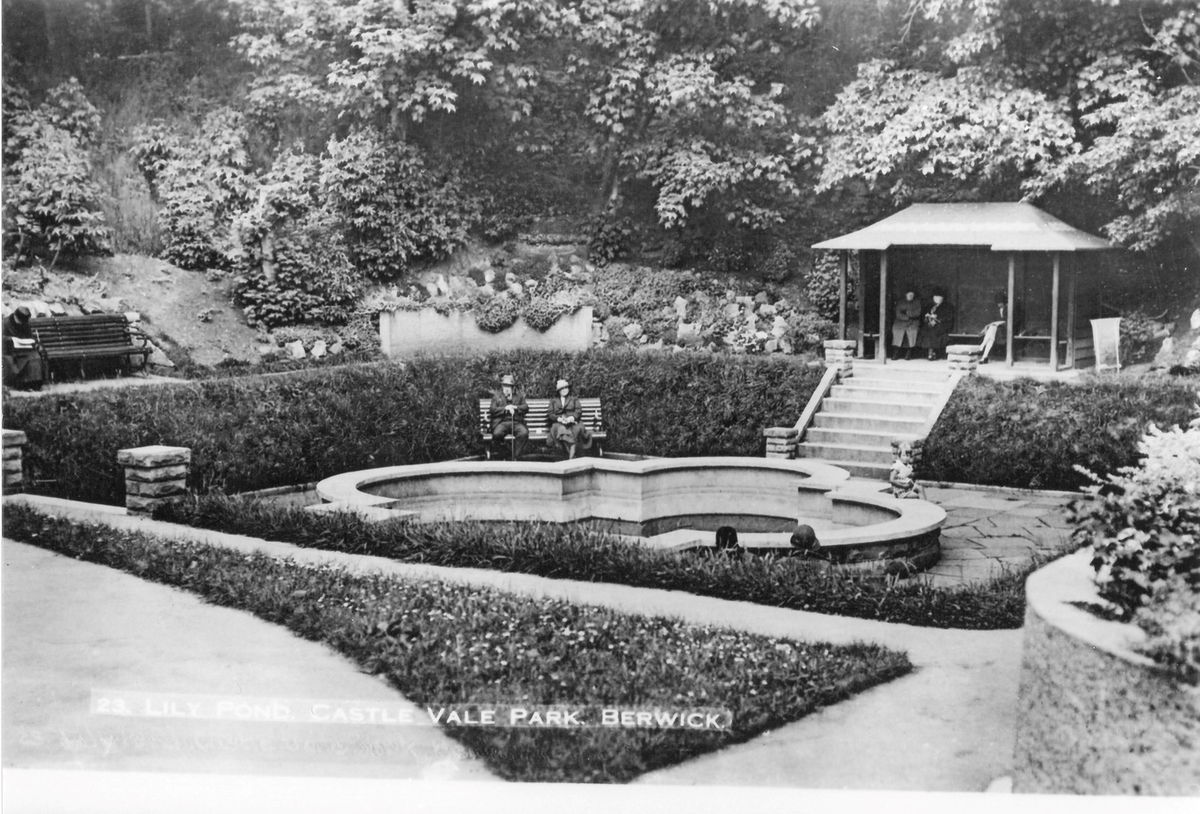
Prior to the creation of Coronation Park the site was an open field, known as Tommy the Miller's Field, through which the stream from the Tappee Pond flowed before coursing to the north of the castle. At the top of the park is the site of Gallows Knowe. It may have been here that Sir Alexander Seton's son, Thomas, was hanged when held hostage by Edward III during the siege of Berwick in 1333. This was the site of public executions in Berwick, the last being Grace Griffin in 1823.

In 1936 the council planned to celebrate the coronation of Edward VIII by planting trees on Tommy the Miller's Field. Following his abdication the tree planting programme commemorated the coronation of George VI in 1937. The field, which belonged to Mr Askew-Robertson, was identified as a suitable location for some of the trees. His solicitor forwarded the following response to a request for permission to plant trees from the Borough Surveyor '.it is a wind-swept field, and there will be every chance of boys breaking the branches off, and it will, of course, be essential to have each tree protected by a wire guard, or fenced round, to prevent stock on the field from damaging the trees.'. So it looks like concerns over vandalism were around even in the 1930s, even if some of it would be by cows!

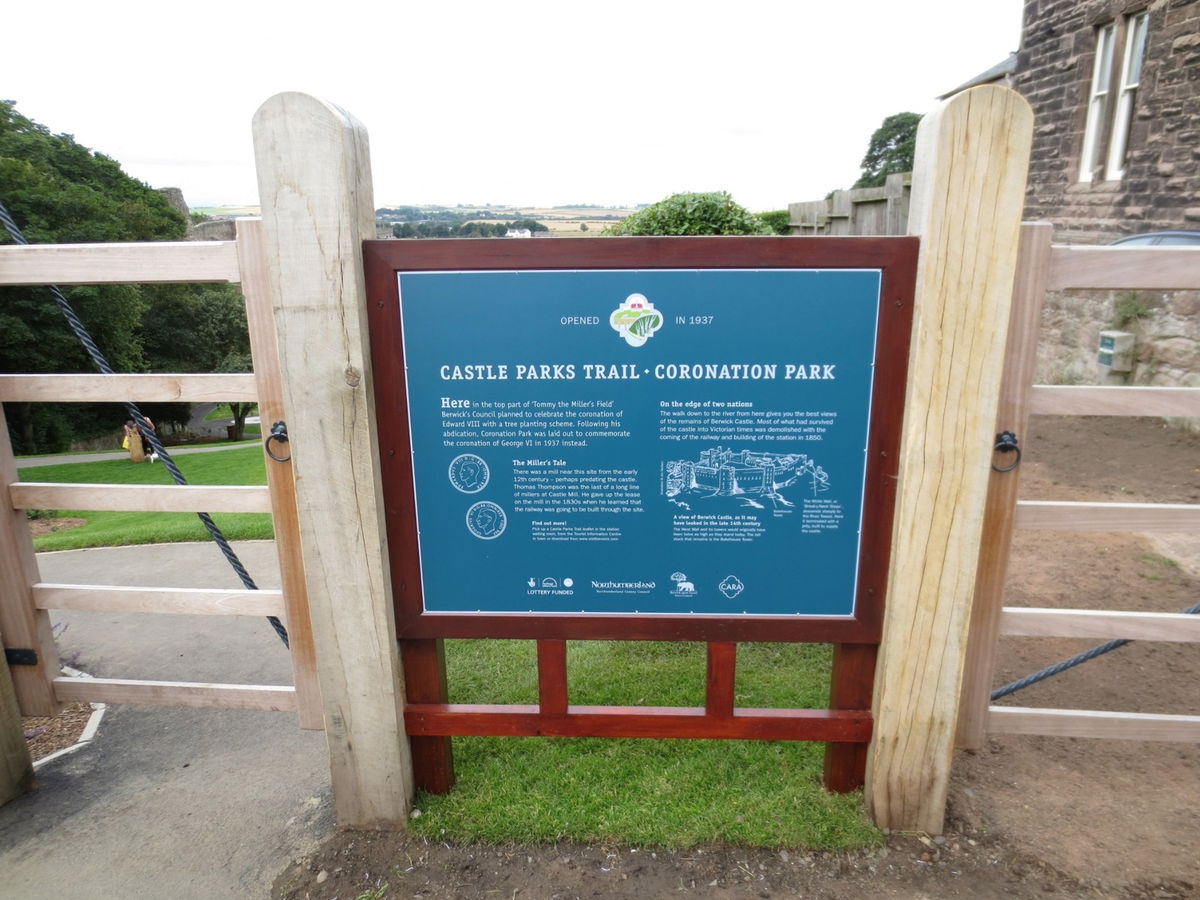
During the economic depression following the First World War, industries along the north east coast suffered greatly as the demand for their products plummeted. The slump of the 1930s caused widespread unemployment and construction work in the park alleviated the problem to some extent in Berwick.

There are two Scheduled Monuments within Castle Vale Park (the Enclosure Castle, two 16th Century gun turrets and an early 17th Century house; and Medieval and Post-Medieval Fortifications, including Berwick town walls). In addition Berwick Castle borders the Coronation Park boundary.

When looking through the photos of the parks, one view may look familiar to you. Castle Vale Park was a viewpoint for a classic advertising poster of the 1930s which showed a train entering Berwick over the Royal Border Bridge. (See photo at the top of the page)


In more recent times considerable work has been undertaken in the park by CARA which includes new pergolas, a viewing platform and seating areas, works to the Lily Pond, new planting and litter clearance. This was further enhanced by a Heritage Lottery Grant which allowed for the full restoration of both parks. The parks were re-opened by the Duchess of Northumberland in 2014.
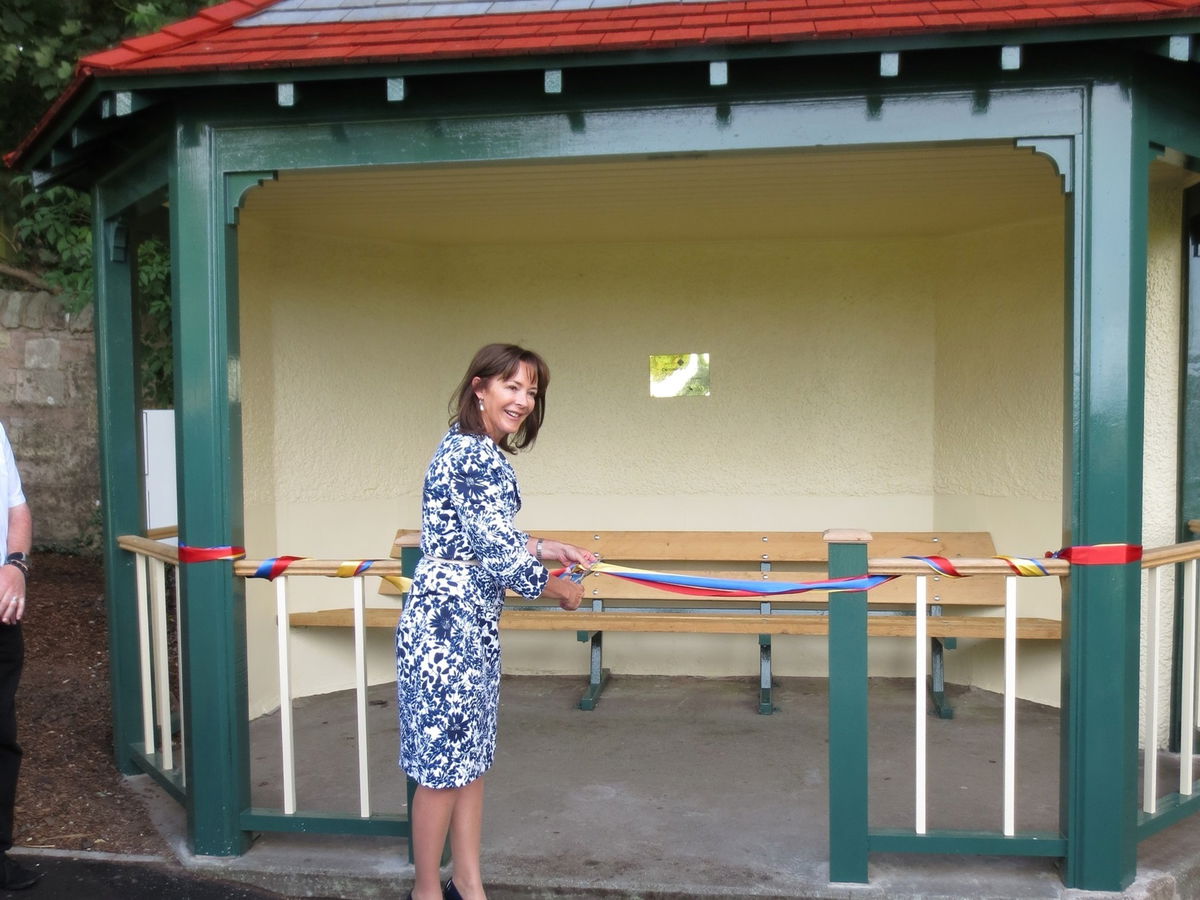
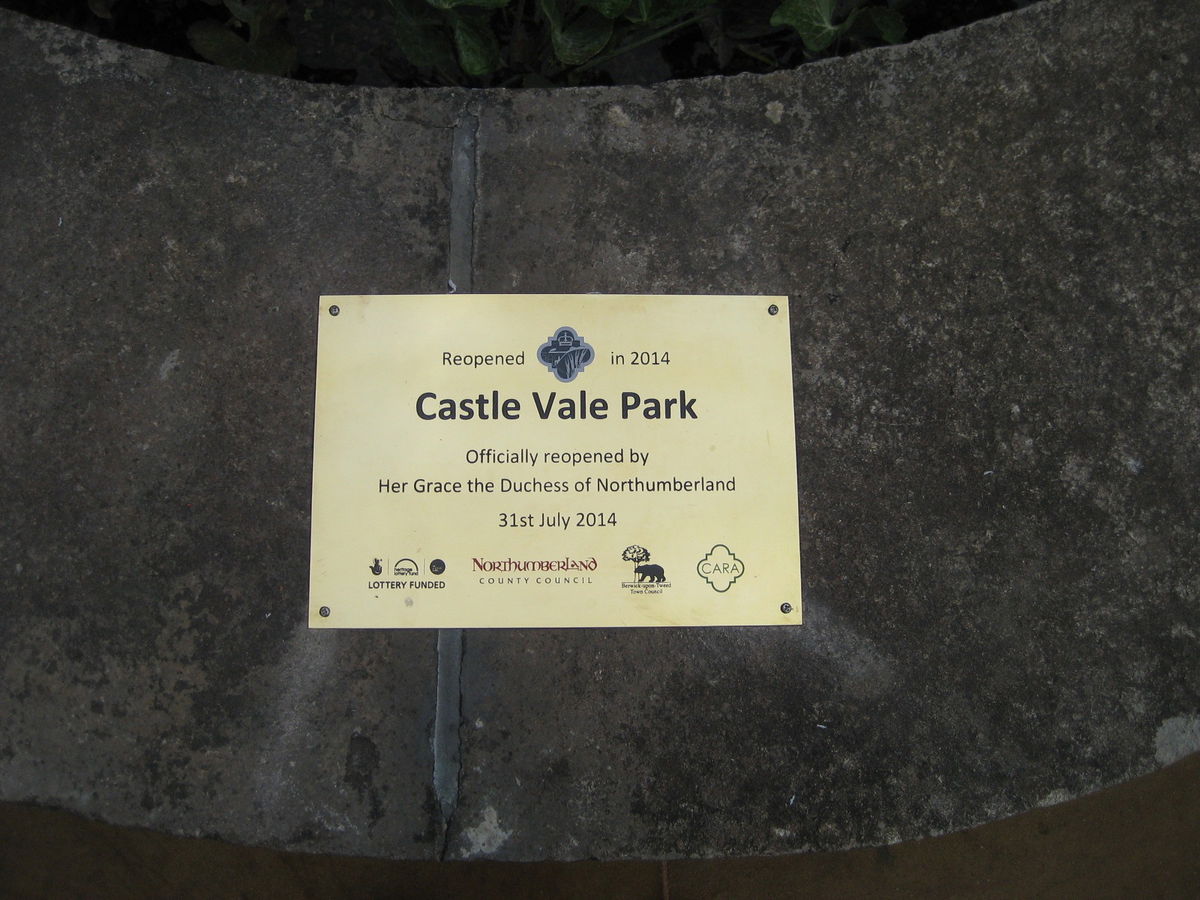
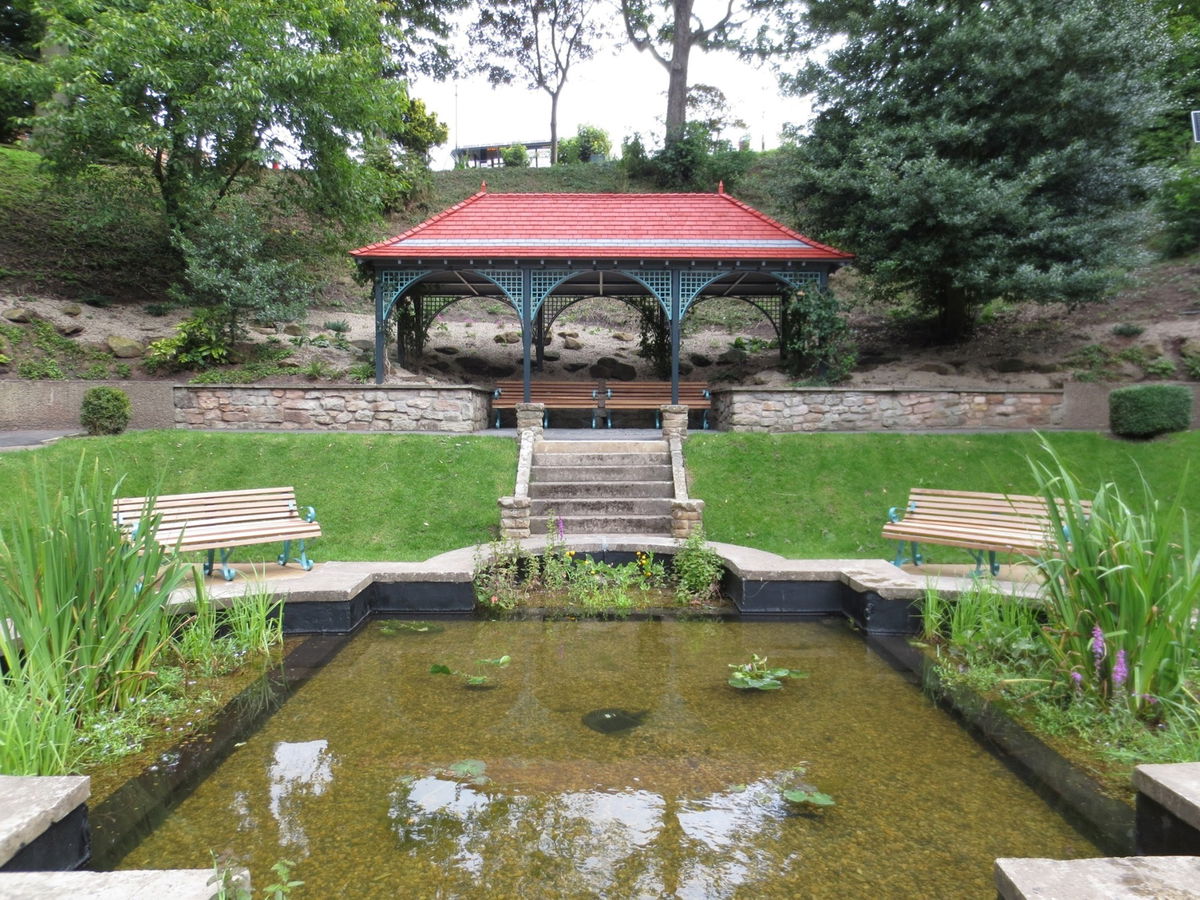
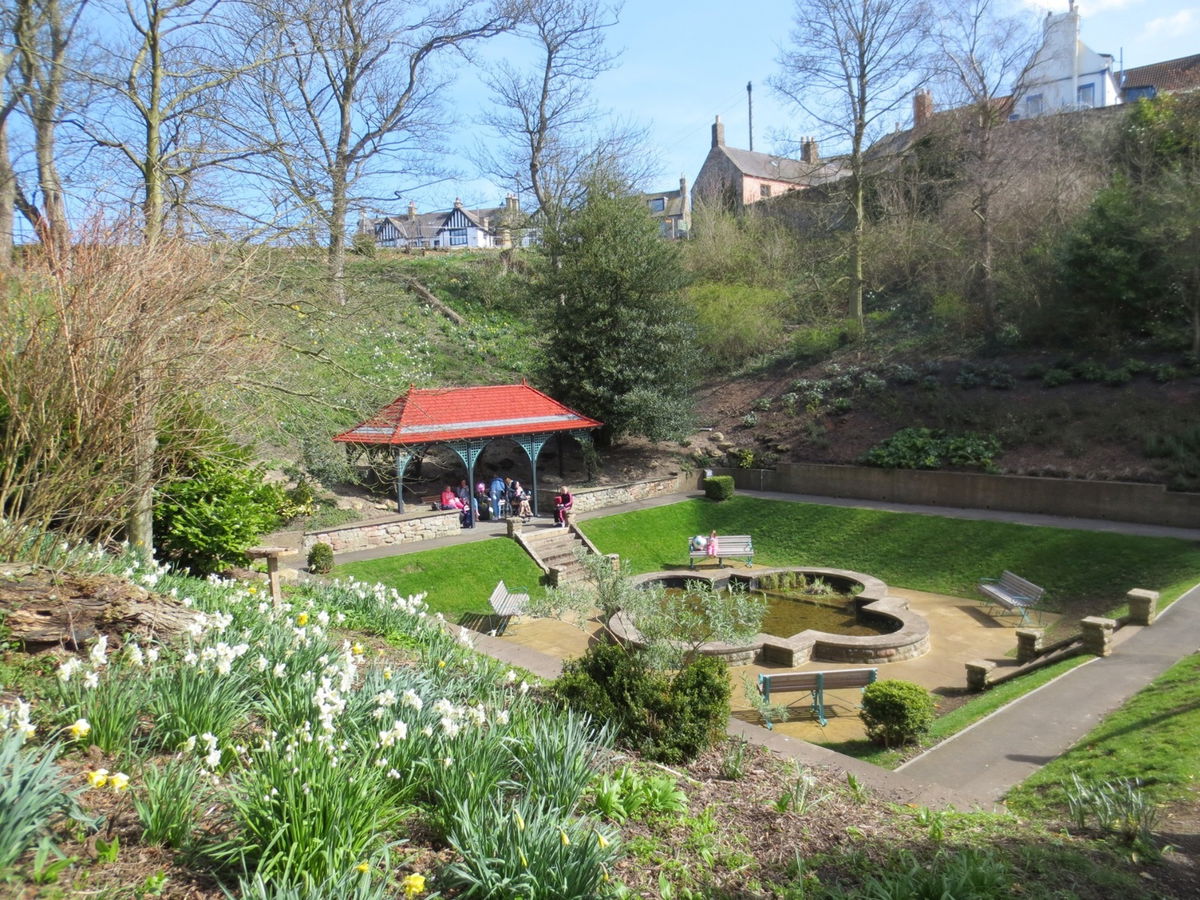
Get 2 points if you have visited this place. Already visited by 77 VIPs.
Login to the VIP area to add places to your bucket list, mark them as visited and more importantly see where you rank on the league table.
How To Find Berwick Parks
Where To Park For Berwick Parks?
Lat / Long
55.774054, 55.774054
What three words
Parking can be found at Berwick Railways Station adjacent to the entrance to Castle Vale Park.
Contributed by Andrew Gardner
I love being outdoors, in nature, and experiencing the relaxation it brings. Wandering through the northern countryside seeing unexpected buildings, historic places and occasionally surprised wildlife is one of life's great pleasures.
More Places from Andrew
More Places In Berwick Upon Tweed
Find more fabulous places in Berwick Upon Tweed, Northumberland and if you know of a place we haven't listed, then let us know.

Norham Castle
Castle Berwick Upon Tweed NorthumberlandA 12th century castle that saw plenty of action during the wars between England and Scotland.

Bank Hill Ice House
Building Berwick Upon Tweed NorthumberlandA Grade II listed building that was constructed in 1796 to store ice for the fishing industry.

Foulden Tithe Barn
Building Berwick Upon Tweed NorthumberlandAn old tithe barn within the grounds of Foulden Parish Church where parishioners would give the church 10% of their agricultural produce.
More Landscapes
So this landscape wasn't enough and you want more? Don't worry we have you covered.
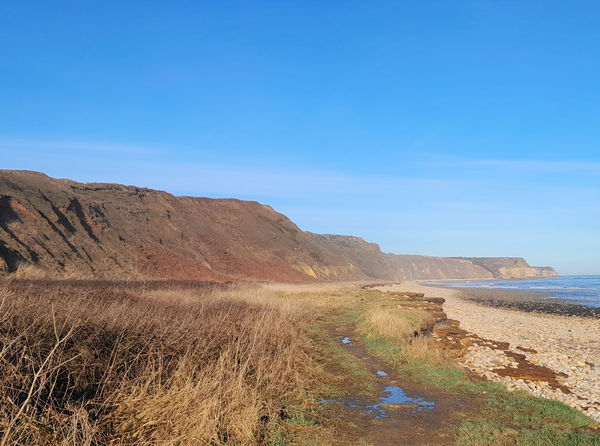
Warren House Gill, Horden
Landscape Horden County DurhamA gem on the County Durham coast in terms of variety, scenery, history and passive science at work.

The Snook
Landscape Holy Island NorthumberlandThe peninsula part of Holy Island, made up of dunes, salt marshes, Snook House and Snook Tower
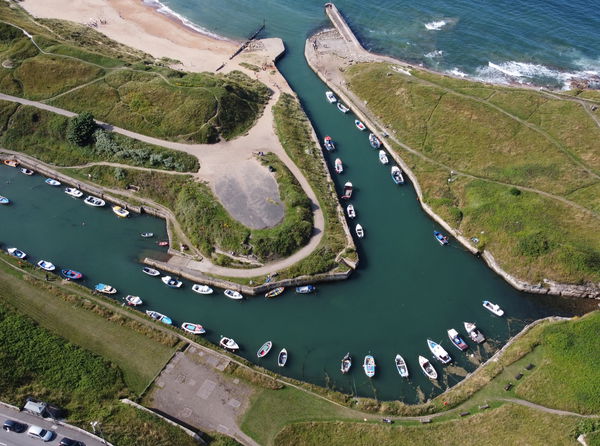
Seaton Sluice
Landscape Seaton Valley NorthumberlandA small and picturesque harbour which used to export salt, coal and bottles.
Never Miss A Fabulous Place
If you are afraid of missing out on all the fabulous places we post, or just want to be the first to know, then sign up to the Fabulous North.
Each week we will email you all the brand new places that we visit.
Sign Up To AlertsFind Us On Facebook
We post all our new places daily on our Facebook Groups page, so join the group today and be notified when we add a new place.
Join Our Facebook Group
